Renal Artery Disease
What is Renal Artery Disease?
Renal artery stenosis is the narrowing of one or more arteries that carry blood to your kidneys (renal arteries).
Your kidneys need ample blood flow to help filter waste and remove excess fluid. Narrowing of the arteries prevents normal amounts of oxygen-rich blood from reaching your kidneys.
What causes Renal Artery Disease?
The two main causes of renal artery stenosis include:
- Atherosclerosis of the renal arteries: Atherosclerosis is the buildup of fats, cholesterol and other substances (plaques) in and on your artery walls. As these deposits grow, they can harden, reduce blood flow and cause scarring of the kidney. Eventually, narrowing of the artery can result. Most cases of renal artery stenosis occur because of atherosclerosis.
- Fibromuscular dysplasia: In fibromuscular dysplasia, the muscle in the artery wall grows abnormally. The renal artery can have narrow sections alternating with wider sections, giving a beadlike appearance in images of the artery.
The renal artery can narrow so much that the kidney doesn't receive an adequate supply of blood and can become damaged. This can happen in one or both kidneys. Experts don't know what causes fibromuscular dysplasia, but the condition is more common in women and may be something that's present at birth.
What are symptoms of Renal Artery Disease ?
Renal artery stenosis may cause no signs or symptoms until the condition reaches an advanced state. Most people with renal artery stenosis have no signs and symptoms. The condition is sometimes discovered incidentally during testing for some other reason. Your doctor may also suspect a problem if you have:
- High blood pressure that begins suddenly or worsens without explanation
- High blood pressure that begins before age 30 or after age 50
- Elevated protein levels in the urine or other signs of abnormal kidney function
- Worsening kidney function during treatment for high blood pressure
- Fluid overload and swelling in your body's tissues
- Treatment-resistant heart failure
What are risk factors for Renal Artery Disease?
Most cases of renal artery stenosis result from atherosclerosis. Risk factors for atherosclerosis of the renal arteries are the same as for atherosclerosis anywhere else in your body and include:
- Aging
- High blood pressure
- High cholesterol
- Diabetes
- Obesity
- Smoking and other tobacco use
- Family history of early heart disease
- Lack of exercise
What tests are done to diagnose the cause of Renal Artery Disease?
Ultrasound is the best and most reliable test used to evaluate the cause of Renal Artery Disease. It is painless and non-invasive.
Imaging tests commonly done to diagnose renal artery stenosis include:
- Doppler ultrasound: High-frequency sound waves help your doctor see the arteries and kidneys and check their function. This procedure also helps your doctor find blockages in the blood vessels and measure their severity.
- Computerized tomography (CT) scan: During a CT scan, an X-ray machine linked to a computer creates a detailed image that shows cross-sectional images of the renal arteries. You may receive a dye injection to show blood flow.
- Magnetic resonance angiography (MRA): MRA uses radio waves and strong magnetic fields to produce detailed 3-D images of the renal arteries and kidneys. A dye injection into the arteries outlines blood vessels during imaging.
- Renal arteriography: This special type of X-ray exam helps your doctor find the blockage in the renal arteries and sometimes open the narrowed part with a balloon and stent. Before an X-ray is taken, your doctor injects a dye into the renal arteries through a long, thin tube (catheter) to outline the arteries and show blood flow more clearly. This test is often performed at the time of restoring the blood vessel opening with a stent.Treatment for Renal Artery Disease
Specific treatment for Renal Artery Disease will be determined by your physician based on:
- your age, overall health, and medical history
- extent of the condition
- your signs and symptoms
- your tolerance of specific medicines, procedures, or therapies
- expectations for the course of the condition
- your opinion or preference
For certain people — for instance, those with uncontrolled high blood pressure and a complication such as pulmonary edema or worsening kidney function — a procedure may be recommended to restore blood flow through the renal artery and improve blood flow (perfusion) to the kidney.
Treatment
- Renal angioplasty and stenting: In this procedure, doctors open wider the narrowed renal artery and place a device inside your blood vessel that holds the walls of the vessel open and allows for better blood flow.
- Renal artery bypass surgery: During a bypass procedure, doctors graft a substitute blood vessel to the renal artery to make a new route for blood to reach your kidneys. Sometimes this means connecting the renal artery to a vessel from somewhere else, such as the liver or spleen.
Preventing Renal Artery Disease
Steps to prevent Renal Artery Disease include maintaining a healthy weight, exercising regularly, reducing alcohol consumption, and discontinuing smoking or use of tobacco. While these measures may help prevent Renal Artery Disease in some people, they may only slow the onset of the condition in individuals who are susceptible
